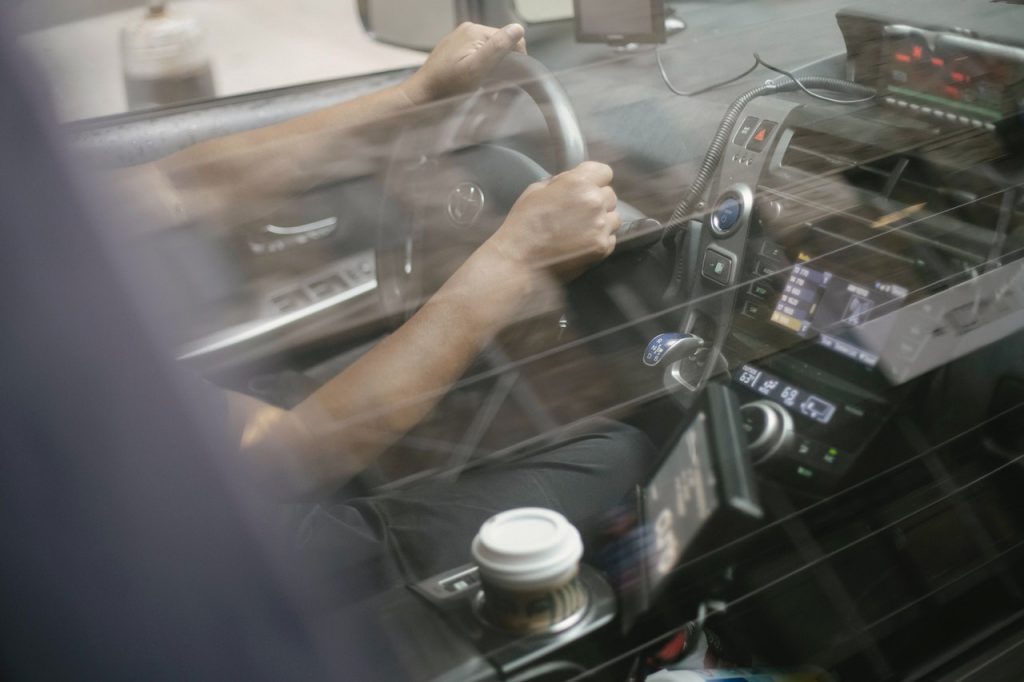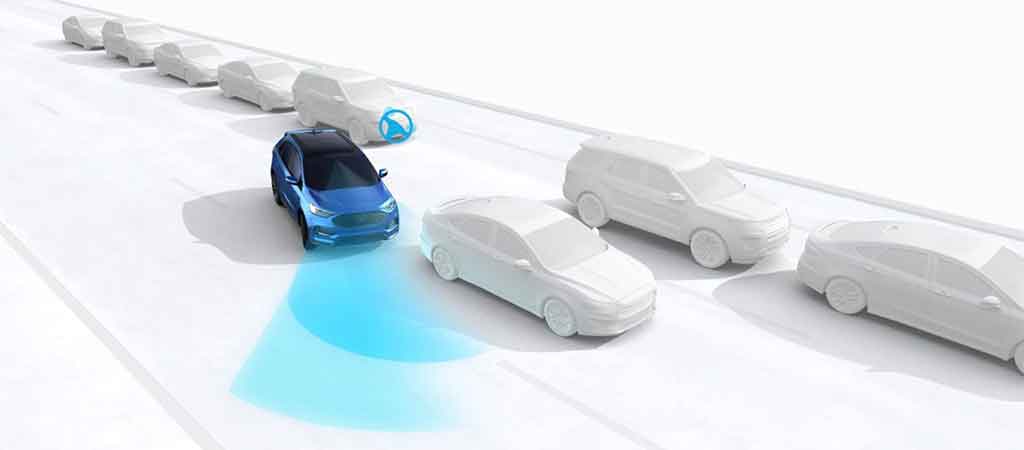If you are a car owner, you must have experienced it at some point in your driving life. Just a normal day, you are driving on the street and suddenly, an object shows up in your way. In that situation, we all want to avoid that object as fast as possible, yet car owners need to have a lightning reflection in that decisive split-second.
And believe us, in spite of their best efforts, not many car owners have the cat-like reflexes to avoid a collision. With the purpose of helping car owners, carmakers create ESA ( also known as Evasive Steering Assistance) technology as part of the ADAS (short for Advanced Driving Assistance Systems) safety suite. So what is this assistance and how does it work? Let’s jump right into it.
Contents
The Evasive Steering Assistance
The Definition
The Evasive Steering Assistance is the feature that helps car owners to maneuver around stationary objects or slow-moving cars when car owners are unable to avoid it by braking. The object could be a cyclist, pedestrian, car or animals. In short, this assistance helps us avoid everything that we cannot avoid.
The Evasive Steering Assistance is a hit from the start. We have various ESA systems in the automotive industry and market, with unique names and characteristics. With Volvo, we have the Steering Support as the feature in City Safety. With Mercedes, we have the system called Evasive Steering Assist. Ford also uses this name for the ESA system.
How Does it Work
Why We Need the System
When the drivers lose their attention on the road and an object suddenly appears, they can only rely on their reaction time. And if they react too fast or too slow, an accident can happen. So in order for car owners to avoid these situations, we have the ESA technology. This technology offers extra steering torque to the reflexes of the drivers. To be more specific, the system uses data from the front-mounted camera along with the radar sensors of the car with the purpose of calculating a safe path around the obstacle.

How Does It Work
In order for the system to work, we need the help from AEB (also known as Automatic Emergency Braking) and FCW (short for Forward Collision Warning). With the help from these two, the ESA starts when the FCW system senses a frontal crash. Along with that, car owners initiate an evasive maneuver with a turn of the wheel, especially an aggressive one. In this situation, car owners can reach the maximum steering angle much faster than when they would be in an unassisted scenario, thanks to the ESA. This system also provides owners a way to maintain car stability since sudden changes in direction might affect the balance of a car. This negative effect might raise the odds of careening or spinning out in a dangerous way.
And when the car circumvents the road hazard, this ESA system also helps car owners return to the replanned course. This system works at highway and city speeds.
Another thing to keep in mind is that the driver is the one who controls the steering, not the ESA system. This system can only assist the car owners by giving additional support when they need it the most. So if you are worried about the system taking total control from the drivers, that is not going to happen. To be more specific, it never forces the hands of the drivers from the steering wheel. Along with that, drivers can easily override the ESA system by putting the hand on the steering wheel and retaking control.
The Benefits of Evasive Steering Assistance
Now that we acknowledge the advantages of evasive steering assistance, let’s talk about the benefits of this system. In general, the evasive steering assistance system provides us four crucial safety features:
The first benefit is that this system helps car owners avoid frontal collisions with other vehicles, pedestrians and objects.
The second benefit is the guideline ability. It helps drivers to keep a safe path even after swerving.
The third benefit is that it initiates braking with the purpose of decreasing the severity of a crash.
The last benefit is that it preserves the stability of the car. Also, it decreases the risk of losing control during an emergency maneuver.
SEE MORE
The Warnings For Drivers
In order to use the evasive steering assistance effectively, car owners must understand the watchouts and warnings from the carmakers. This technology must be relied upon when car users heeds these rules:
First of all, the evasive steering assistance is a supplemental driver support. The makers intend to use this technology to make driving safer and more enjoyable. However, there are thousands of situations on the road, from road conditions to traffic issues. Therefore, it cannot deal with every situation.
Second of all, the attention and awareness of the driver is the most crucial thing. Even though very helpful, the functions of ESA cannot replace that.

Third of all, car owners must follow the manual of car owners. If you do not have one, you should contact the carmaker in order to fully understand the limitations of the ESA system. Not to mention, every system has its own weaknesses and strengths that the owners must acknowledge.
Last of all, even when the evasive steering assistance system is on and ready, car owners must still maintain a safe speed as well as appropriate distance at all driving times. That is the main responsibility of a driver.
In Conclusion
Even though the best solution to avoid a car accident is to drive carefully and cautiously, car owners can have another layer of safety thanks to the ESA. When the unexpected happens, the ESA can help drivers a lot.



